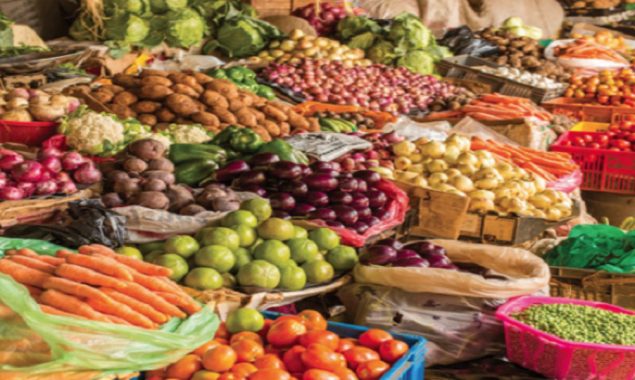Synopsis
Food insecurity continues in the country despite prevalence of staple foods

Image Courtesy: File
KARACHI: As many as 16.4 out of every 100 households surveyed during the 2019-2020 fiscal year reported moderate levels of food insecurity. This information came to light following the release of a Social and Living Standards Measurement survey carried out by the Pakistan Bureau of Statistics. The survey was carried out before the country went into a lockdown due to Covid-19 otherwise the findings could have been even more dismal. What’s more is that Pakistan ranked 92nd out of 116 nations in the Global Hunger Index (GHI) this year, with a score of 24.7 which categorises the country’s hunger levels as ‘serious’.
According to the World Food Programme (WFP), malnutrition is widespread in Pakistan, with half of all children under the age of five being stunted, which is a tell-tale sign of malnutrition. According to the WFP nearly a quarter of these children are already stunted by the time they are six months old due to the pregnant women being malnourished and a lack of nourishment for the child after it is born.
The Programme maintains that the country is facing a malnutrition crisis due to multiple, inter-sectional factors. They highlight unaffordability, lack of access to nutritious foods, rapid population growth, poverty, insecurity and vulnerability to natural and man-made disasters. The most adversely affected of those facing malnutrition are women, children and adolescent women.
Economics of Nourishment
To solve the issue of malnutrition, the cause of the same must be understood first. A study carried out by the WFP, in collaboration with Federal government found that two thirds of the households in Pakistan simply could not afford to eat well. Additionally, problems such as lack of security, lack of access to nutritious food, population growth and natural disasters only make the situation worse.
“We calculated the cheapest possible combination of locally available foods that meets a typical household’s nutrient needs, adjusting for the local staple preferences, and found that 67 per cent of families couldn’t even afford the cheapest-possible nutritious diet,” revealed WFP Nutrition Division spokesperson Giulia Baldi. The WFP found that despite the fact that the country happens to one of the largest producers of staple foods like wheat and dairy products, its population continues to from poor nutrition. This is because even though the country continues to produces, income disparity has inflated prices, making basic staple foods inaccessible to the general public who face dire consequences due to high prices and low salaries.
Climate change and agriculture
Another aggravating factor in the issue of food insecurity is climate change. The current trend towards warming temperatures has accelerated particularly in the last five years, and is strongly biased towards the winter and post-monsoon months. The warming is likely to be worst in the Southern regions, with Punjab and Balochistan set to experience winter warming, while Sindh is likely to face increasing heat spells throughout the year. Contrastingly, Khyber Pakhtunkhwa will not face similar warming.
Rainfall in the Pakistan is a varied phenomenon. However, the key trend regarding precipitation across the country has been the steady increase in the number of heavy rainfall events since the 1960s. In fact the country has experiences its heaviest one-day rains in 2010.
This has meant that agricultural activities have been massively impacted.
As different kinds of crops have different types of requirements when it comes to sowing and harvesting, unpredictable temperature rises and changes in rainfall pattern can easily disrupt the flow of crop yield. When this happens, the supply of crops is disrupted, leading to an increase in imports and subsequent hike in prices. This coupled with population growth means that the country is set to face even greater food scarcity.
However, all hope should not be lost. With Pakistan actively working towards improved security and economic growth it may be able to change its dismal future. The Federal government looks to meet is Sustainable Development goals, including access to food, water and sanitation, with accelerated speed. This could very likely create the foundation for a food secure, nourished, educated and healthy population.
Catch all the Pakistan News, Breaking News Event and Latest News Updates on The BOL News
Download The BOL News App to get the Daily News Update & Follow us on Google News.




